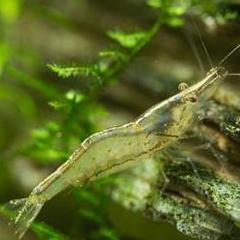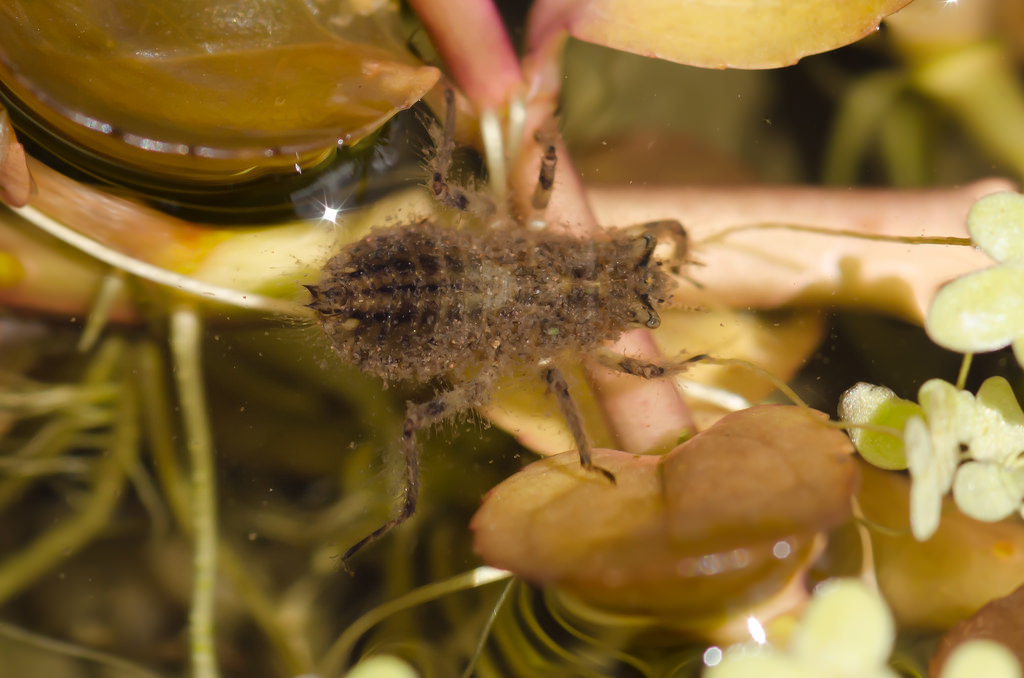Search the Community
Showing results for tags 'odonata anisoptera'.
-
Dragonflies or Odonata Anisoptera, are a group of insects belonging to Class Insecta, Order Odonata and Suborder Anisoptera. Considered as ancient, their ancestors were around during the Jurassic Period, along with the dinosaurs. They are predators. Their life cycle breaks down into three distinct stages: the larval stage, the nymph stage and the adult stage. Nymphs can spend a number of years living in fresh water. The adults, which may only last a few days or weeks, can fly. Adults emerge to mate and repeat the dragonfly life cycle. The body length of the average adult dragonfly can vary between 2.54 cm to 10.16 cm. Ancient dragon flies could have a wingspan as large as 70 to 75 cm in extent. The juvenile, dragonfly nymph can range in size between 1.27 cm and 3.81 cm. The dragonfly nymph is a formidable predator. It spends its life just below the water surface, and has a “hinged labium, a form of a “toothed” lower jaw. It can extend this out every quickly then retract it. This way, the juvenile dragonfly can catch and eat tadpoles, mosquito larvae and even small fish. Does the dragonfly nymph pose a threat to fish and shrimps in an aquarium? The short answer is definitely yes. There may be as many as 1500 eggs originally hatched. Having come down to us from the Jurassic period, the Odonata Anisoptera juvenile is equipped with the equivalent of a “rapture like lower jaw”. They would have no problems consuming both small fish and shrimps in an aquarium. Bringing fresh water from natural sources may sound a good idea, but there could be a good chance that this could be contaminated with the dragonfly nymph. Another indication would be that both the small shrimps and fish are showing signs of stress. They are aware that there are dragonfly nymphs in there with them. Removing Odonata Anisoptera may not be that easy once the aquarium is infested with them. One method could be to use a plastic straw to suck the juveniles out individually. Plants and other water vegetation need to be agitated to get them to move, as the dragonfly nymph can remain very still. Dropping the water temperature in the aquarium by three to five degrees Celsius, might stress shrimps in the tank. This might also bring the dragonfly nymph to the surface. References https://en.wikipedia.org/wiki/Dragonfly https://en.wikipedia.org/wiki/List_of_Odonata_species_of_Australia http://www.state.ky.us/nrepc/water/dragfly.htm Photo Credit: dmills727 Flickr cc Photo Credit: Exmoor National Park Flickr cc
-

New Library Article - Odonata Anisoptera - Dragonfly Nymph
NoGi posted a topic in General Questions/Discussions
Dragonflies or Odonata Anisoptera, are a group of insects belonging to Class Insecta, Order Odonata and Suborder Anisoptera. Considered as ancient, their ancestors were around during the Jurassic Period, along with the dinosaurs. They are predators. Their life cycle breaks down into three distinct stages: the larval stage, the nymph stage and the adult stage. Nymphs can spend a number of years living in fresh water. The adults, which may only last a few days or weeks, can fly. Adults emerge to mate and repeat the dragonfly life cycle. The body length of the average adult dragonfly can vary between 2.54 cm to 10.16 cm. Ancient dragon flies could have a wingspan as large as 70 to 75 cm in extent. The juvenile, dragonfly nymph can range in size between 1.27 cm and 3.81 cm. The dragonfly nymph is a formidable predator. It spends its life just below the water surface, and has a “hinged labium, a form of a “toothed” lower jaw. It can extend this out every quickly then retract it. This way, the juvenile dragonfly can catch and eat tadpoles, mosquito larvae and even small fish. Does the dragonfly nymph pose a threat to fish and shrimps in an aquarium? The short answer is definitely yes. There may be as many as 1500 eggs originally hatched. Having come down to us from the Jurassic period, the Odonata Anisoptera juvenile is equipped with the equivalent of a “rapture like lower jaw”. They would have no problems consuming both small fish and shrimps in an aquarium. Bringing fresh water from natural sources may sound a good idea, but there could be a good chance that this could be contaminated with the dragonfly nymph. Another indication would be that both the small shrimps and fish are showing signs of stress. They are aware that there are dragonfly nymphs in there with them. Removing Odonata Anisoptera may not be that easy once the aquarium is infested with them. One method could be to use a plastic straw to suck the juveniles out individually. Plants and other water vegetation need to be agitated to get them to move, as the dragonfly nymph can remain very still. Dropping the water temperature in the aquarium by three to five degrees Celsius, might stress shrimps in the tank. This might also bring the dragonfly nymph to the surface. References https://en.wikipedia.org/wiki/Dragonfly https://en.wikipedia.org/wiki/List_of_Odonata_species_of_Australia http://www.state.ky.us/nrepc/water/dragfly.htm Photo Credit: dmills727 Flickr cc Photo Credit: Exmoor National Park Flickr cc View full article


